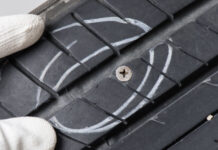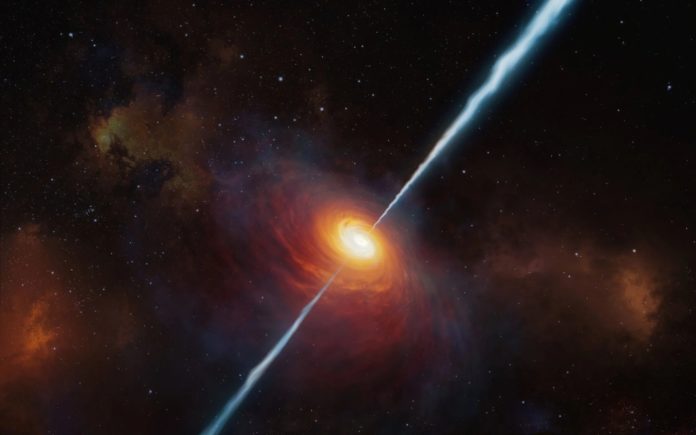Hey there, stargazers! Hold onto your telescopes because we’ve got some out-of-this-world news headed our way. Brace yourselves for a celestial event that’s sure to make you look up in wonder: an uncontrolled satellite is making its grand reentry into Earth’s atmosphere on Wednesday morning. And no, this isn’t the plot of a Hollywood blockbuster – it’s the real deal!
A Space Veteran Takes Its Final Bow
Meet ERS-2, a satellite that’s been orbiting our planet for almost 30 years. But now, it’s time for this space veteran to bid adieu with a fiery farewell. As it hurtles towards Earth, it’s expected to break up into pieces upon reentry, with most of it burning up like a shooting star.
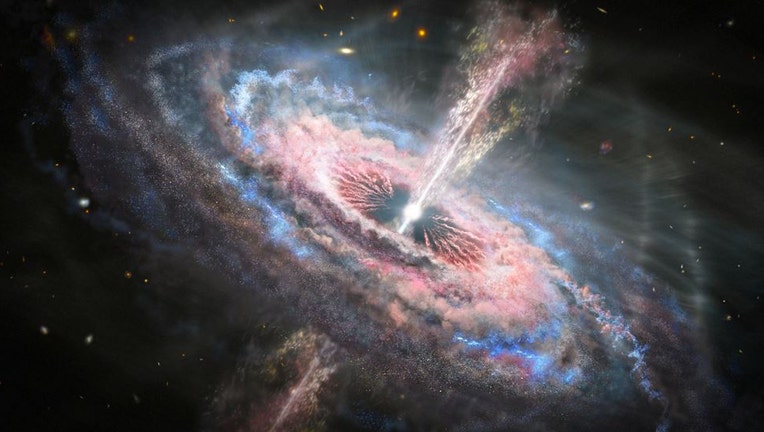
Now, before you start panicking about falling space debris, let’s ease those cosmic concerns. According to the European Space Agency (ESA), the risks associated with ERS-2’s reentry are “very low.” In fact, the chances of any of its fragments causing harm are slim to none. So, sit back, relax, and enjoy the show!
Predicting ERS-2’s Arrival
While we can’t pinpoint the exact time and location of this cosmic spectacle, the ESA has given us a ballpark estimate. They predict that ERS-2 will make its grand entrance into the atmosphere around 11:14 am on Wednesday. However, due to some unpredictable solar activity, this timing could vary by up to 15 hours.
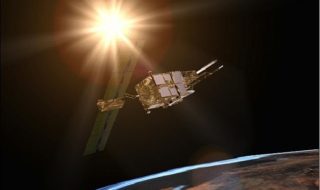
Now, let’s talk about the visuals. The ESA has treated us to some stunning snapshots of ERS-2 as it embarks on its final journey back home. These images, captured between January 14th and February 3rd, offer a glimpse into the satellite’s graceful descent from its lofty orbit to its fiery demise.
Where Will ERS-2 Land?
Relax people, the ESA assures us that any remaining fragments of ERS-2 are likely to splash down harmlessly into the ocean. Plus, they’ve made it crystal clear that there’s no need to worry about toxic or radioactive materials hitching a ride back to the surface.
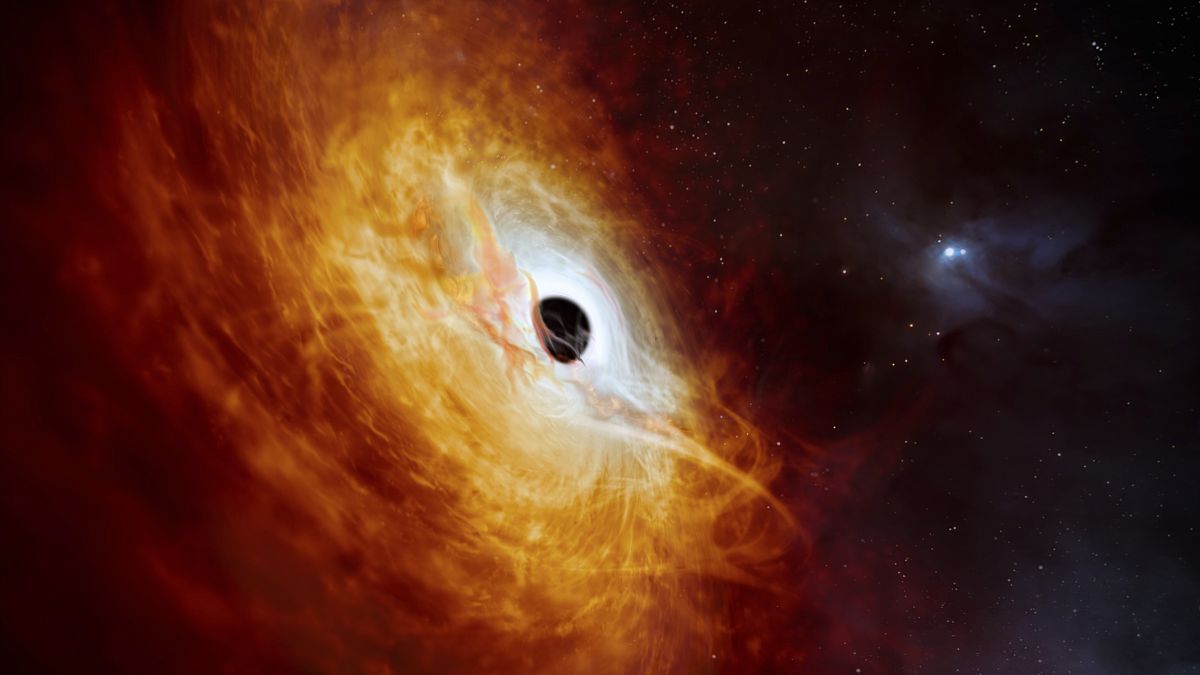
So, as we bid farewell to ERS-2, let’s take a moment to appreciate its incredible contributions to our understanding of planet Earth. From unraveling our atmosphere’s mysteries to studying our oceans’ secrets, this spacecraft has truly left its mark on the cosmos.
As we gaze up at the night sky, let’s remember the legacy of ERS-2 and the countless discoveries it has inspired. And who knows? Maybe one day, we’ll look back on this cosmic event as just another awe-inspiring moment in the never-ending adventure of space exploration.
Stay tuned to Brandsynario for more.
















